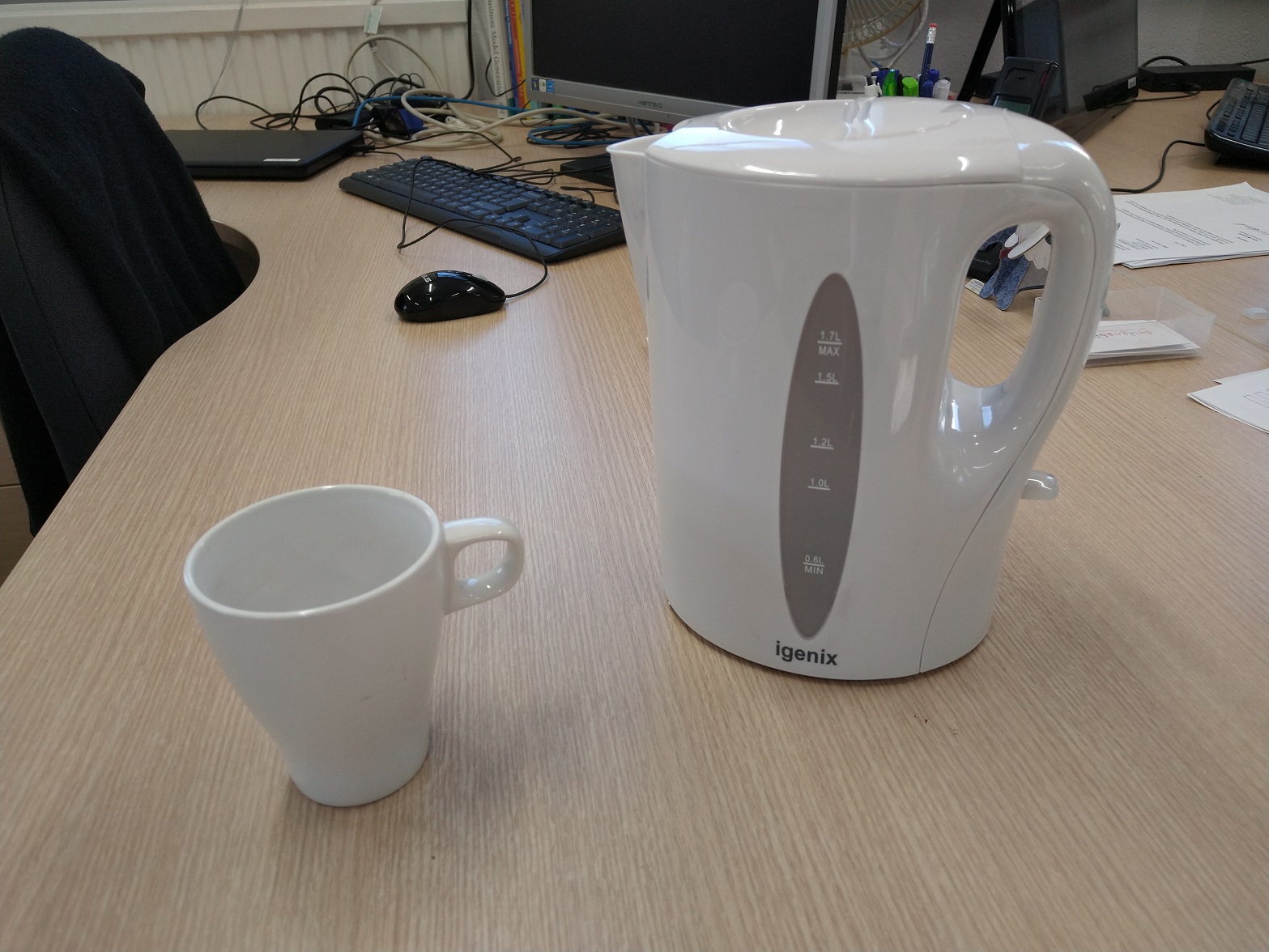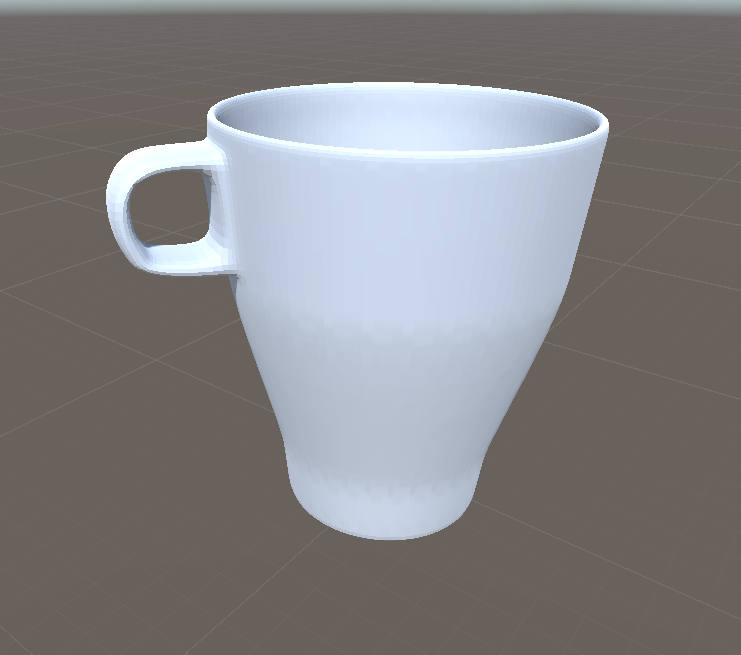Happy New Year! It's been a while since I've posted anything, but things have been ticking over since my December 2019 Update. I did not end up submitting the ethics application for the next study last month, but my submission this month will be much better off for it, and this should not have a big effect on when the next study will start. I enjoyed a good break over Christmas and have been getting back into gear this new year.
With the ethics application almost ready to submit, I have turned my focus to developing the new augmented reality materials needed for the study. In order to achieve this, I have had to bite the bullet and do some 3D modelling. Read on to find out how I got on!
What did I have to model?
For the last study, I was lucky enough to have the 3D models of the objects given to me, because my colleague designed these for me to 3D print them. However, the next study uses household objects that I have found in charity shops, and sadly did not come with the models ready to go.
Here are just two of the objects, a kettle and mug.

Why model them myself?
Essentially, I couldn't find free assets online that matched the shapes well enough to be convincing in augmented reality. I decided to make my own so that I would have control over how they looked, and could specify the dimensions to be the same as the physical objects I will be using. I had heard of Blender, a piece of free 3D modelling software, so decided to download this and jump straight in.
How did it go?
The software was very confusing at first. To help get me started, I searched for some online tutorials of how to model mugs and cups, which helped me to pick up useful shortcuts and approaches to modelling. My first attempt at modelling the mug went okay, but the handle was very angular and ugly.

I was not happy with the handle and so kept looking at tutorials. By combining tips from various sources, I discovered how to smooth out the models and improve the way I construct the handles. This is the end result for the mug; it's much better!

The kettle was a lot harder to model (I actually tried to model this first before realising the mug would be easier!). With my handle-modelling skills, I was able to develop a better version of the kettle. Here is a side by side comparison of the two kettle models.

How do they look in augmented reality?
I couldn't help myself and wanted to see how these would look on top of the real objects, so I animated a sequence of pouring water from the kettle into the mug. Here is how it looks:
I am really pleased with this! This is not the final animation, since there will be other objects in the scene and I need to experiment with using a larger target. But as a first start, I'm very happy with how these have turned out.
What next?
I have modelled about half of the objects I need, so first of all I will finish creating all of the objects for the next study. When this is done, I can start creating augmented reality animations of different actions involving the objects, similar to the actions from the last study. I'll be posting more details about the next study later in the year, so stay tuned for updates!
Responses